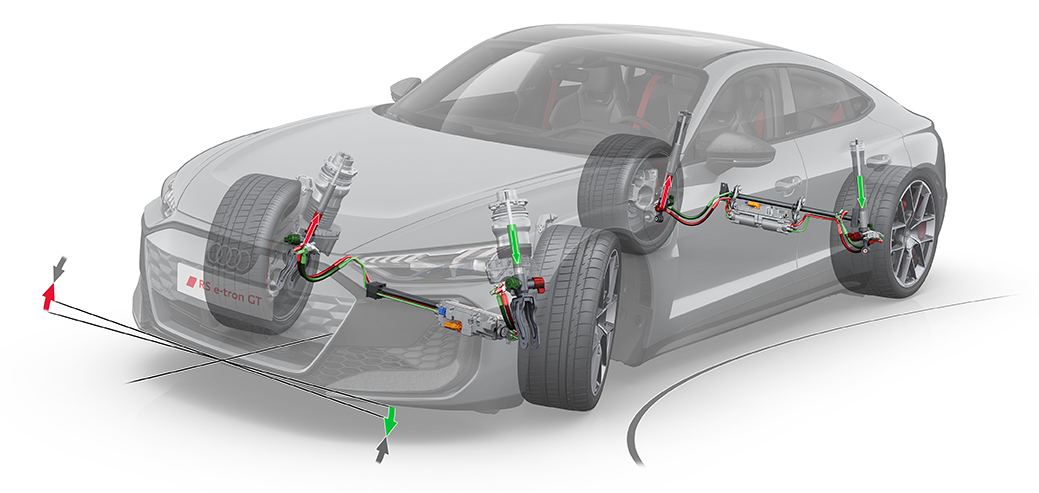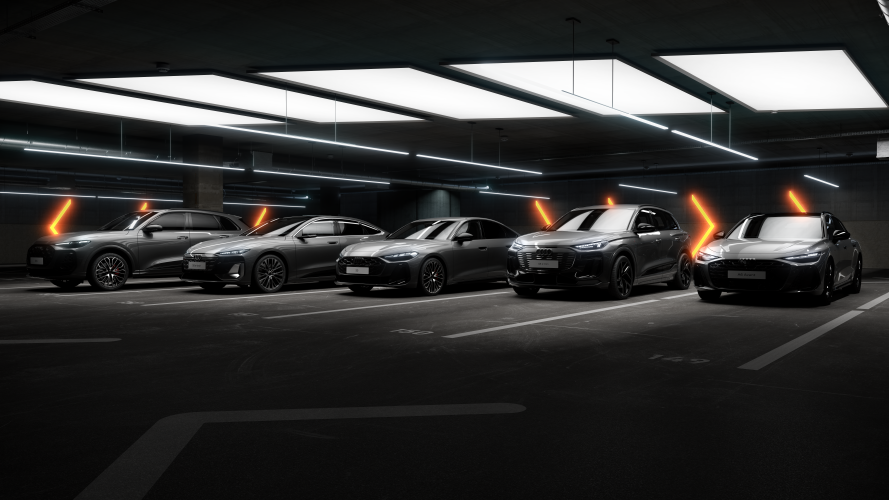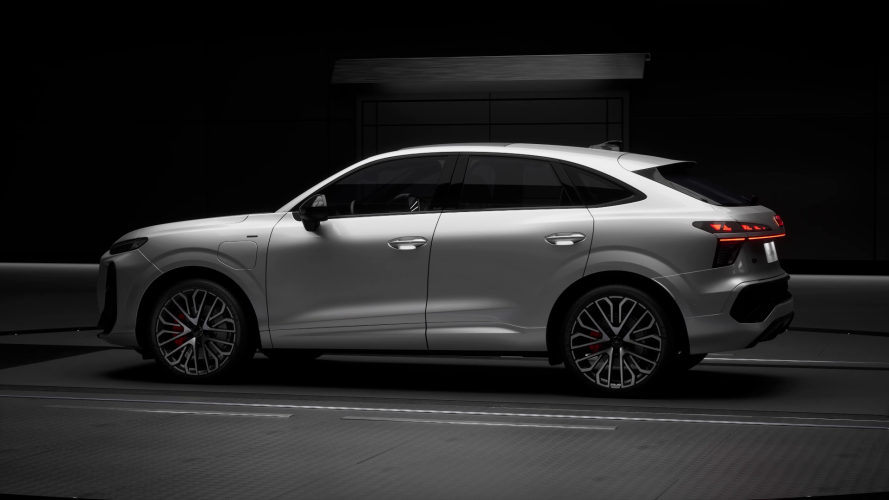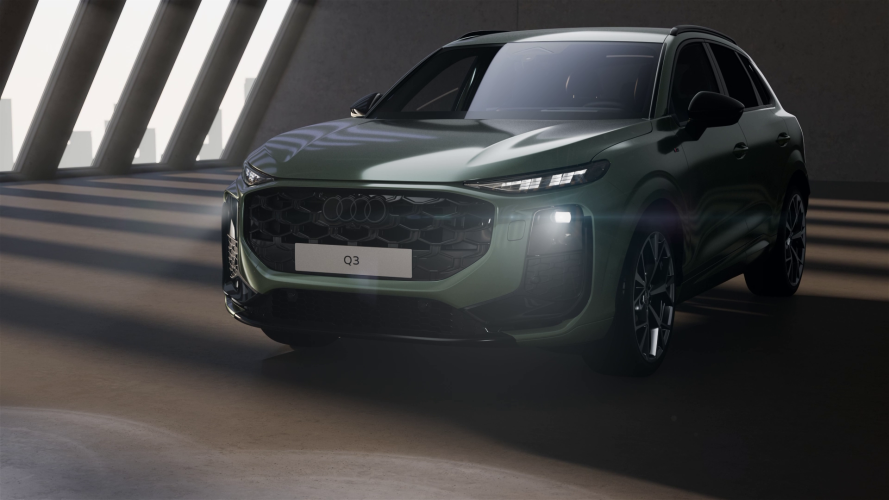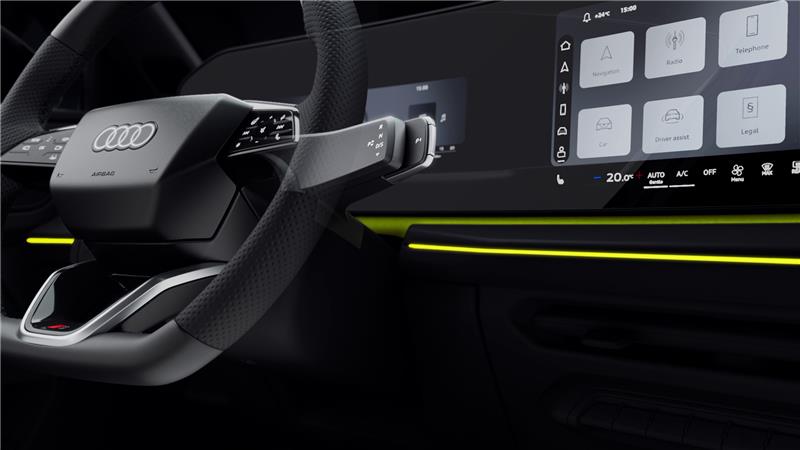-

Audi A5 e-hybrid quattro Integrated brake control system iBCS Audi A5 e-hybrid quattro Integrated brake control system iBCS
Audi A5 e-hybrid quattro Integrated brake control system iBCS
The integrated brake control system with blending capability (iBRS) ensures pressure-free braking and the best possible energy recovery. The hydraulic wheel brakes are only used for harder braking maneuvers.
- Available media:
-

-
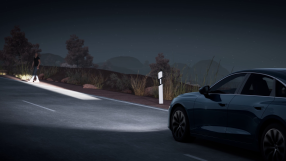
Audi A6 Sedan – Lighting technology Audi A6 Sedan – Lighting technology
Audi A6 Sedan – Lighting technology
Digital matrix LED headlights will be a new addition to the Audi A6 portfolio. They offer a high degree of personalization and adaptive, high-resolution lighting functions thanks to the new micro-LED technology. These headlights significantly improve illumination and create a strong contrast on the road.
- Available media:
-

-
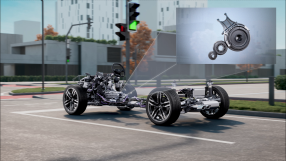
Audi Q5 SUV – Electrified 3.0 V6 TDI with MHEV plus technology and electric powered compressor Audi Q5 SUV – Electrified 3.0 V6 TDI
Audi Q5 SUV – Electrified 3.0 V6 TDI
New evolution of the V6 TDI with MHEV plus technology and electrically powered compressor.
- Available media:
-

-
